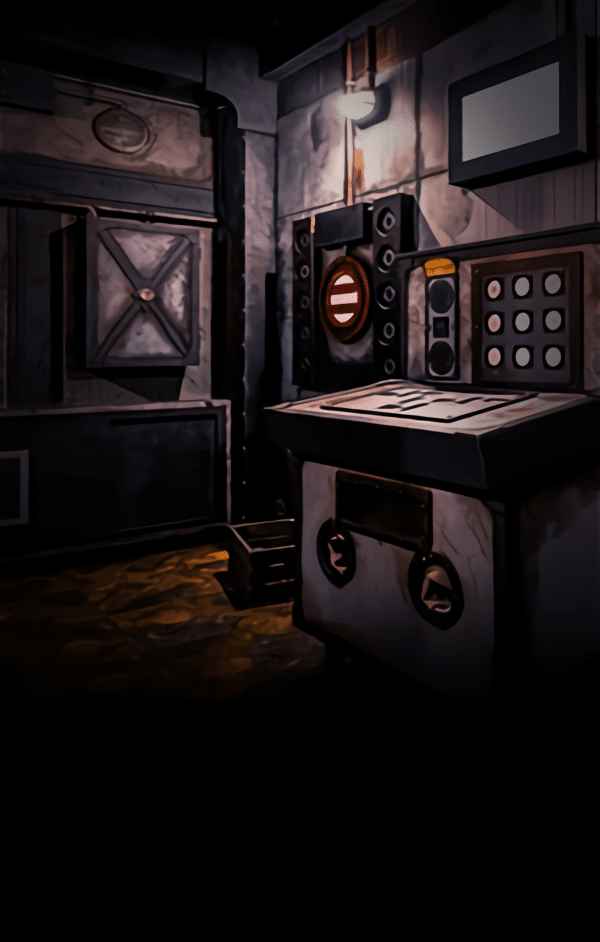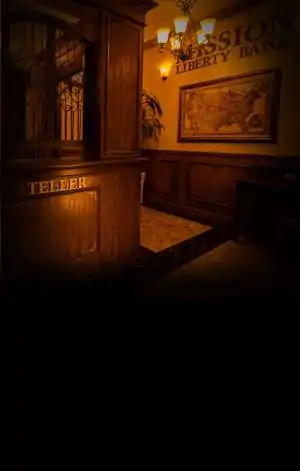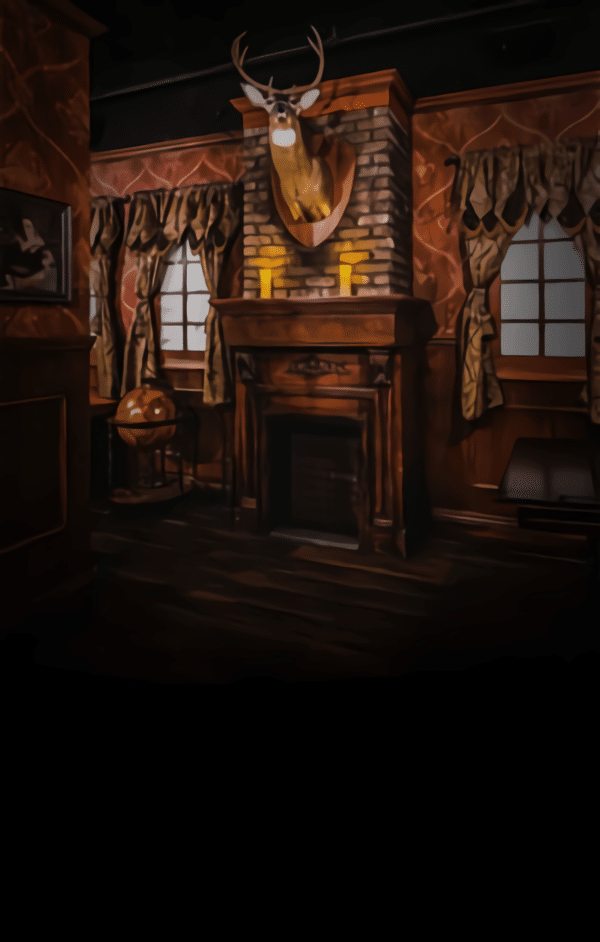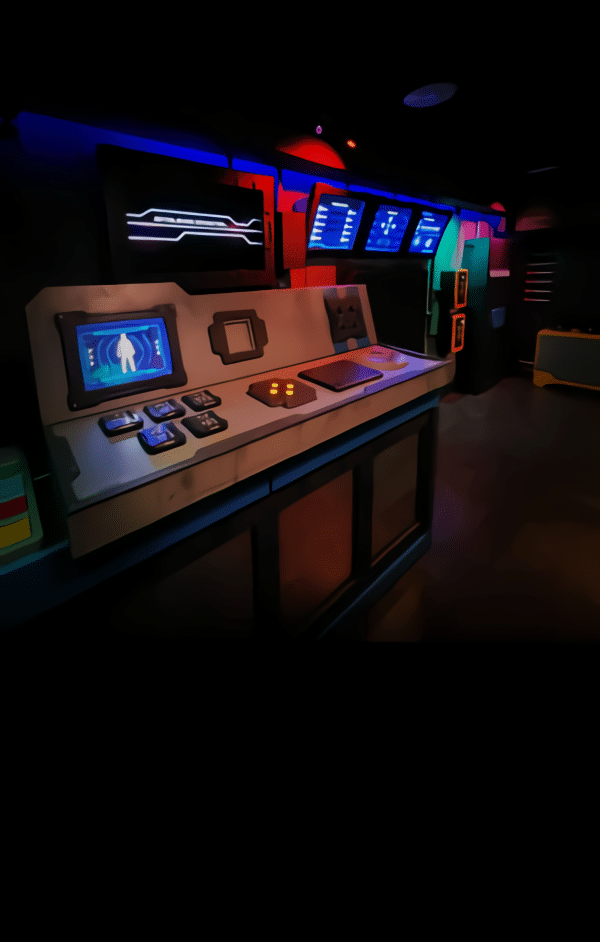The Appeal of Logic and Math in Escape Rooms
Escape rooms are designed to challenge the mind while providing an immersive adventure. Many players enjoy the thrill of working through puzzles that require more than just searching for hidden objects. A strong element of logic and math-based problem-solving is often included, particularly in an escape room in Manhattan, where puzzle design takes inspiration from brain teasers, critical reasoning, and numeric sequences. These types of challenges appeal to those who enjoy structured thinking and problem-solving under pressure.
Types of Logic-Based Puzzles You Might Encounter
Logic puzzles in escape rooms vary widely but often include:
-
Deduction puzzles where players must determine relationships between clues.
-
Pattern recognition tasks such as arranging items in a particular sequence.
-
Riddle-solving that demands careful reasoning.
In a setting like Manhattan, where games such as End of Days A and Hydeout thrive, these puzzles add a layer of intellectual engagement that goes beyond simple observation.
Common Math-Based Challenges in Escape Rooms
While escape rooms are not meant to feel like a math exam, numbers often appear in subtle ways. Math-based puzzles may include:
-
Decoding number sequences.
-
Using arithmetic to open a lock combination.
-
Applying geometric reasoning to solve spatial problems.
These challenges are often designed so that they can be solved by a group working together, making them approachable for teams even if not everyone excels at mathematics.
How Math and Logic Enhance the Game Experience
Adding math and logic into an escape room elevates the overall experience by giving players multiple ways to engage with the storyline. Instead of just relying on finding physical keys or hidden objects, participants must use reasoning, deduction, and sometimes teamwork to progress. This ensures that each game feels balanced—appealing to different skill sets within a group.
Popular Escape Room Games with Logical Elements
At Mission Escape Games – NYC, players can enjoy a variety of rooms that weave math and logic seamlessly into their themes. For example:
-
End of Days A/B: Post-apocalyptic survival challenges requiring code-breaking.
-
Hydeout: A mystery game that leans on deductive reasoning to unravel a storyline.
-
Carbon: 3708: A futuristic game with strong logical and analytical puzzle elements.
Each room is distinct, ensuring that players encounter unique challenges every time they return.
Teamwork and Problem-Solving in Logic-Based Rooms
Escape rooms thrive on teamwork. Logic and math puzzles particularly encourage collaboration since one person might see a pattern another misses. A team in Manhattan can split responsibilities—some working on numeric locks, others on word-based riddles—before combining efforts to move forward. This group dynamic strengthens both the challenge and the satisfaction of solving the puzzles together.
Accessibility of Math and Logic Puzzles
Even though math and logic puzzles can sound intimidating, escape room designers ensure they are accessible to a wide audience. Problems are built to be solvable without requiring advanced knowledge. For instance, simple arithmetic or pattern recognition is enough to solve most math puzzles, while logic challenges are designed to be intuitive rather than overly complex.
Why Logic and Math Puzzles Attract Different Audiences
Some players come for the storylines and atmosphere, while others are drawn specifically to puzzles that stimulate their analytical side. Logic and math challenges appeal to students, professionals, and puzzle enthusiasts who enjoy structured problem-solving. In Manhattan, this makes escape rooms attractive to diverse groups ranging from friends to coworkers on a team-building activity.
Balancing Logic with Other Puzzle Types
While math and logic play a central role in many escape rooms, they are usually balanced with physical and observational challenges. This ensures the game remains engaging for everyone. A group might solve a numerical code in one moment and search for a hidden key the next, keeping the experience varied and exciting.
Conclusion
Escape rooms in Manhattan frequently incorporate puzzles based on logic and math, offering an intellectually stimulating adventure that balances critical thinking with immersive storytelling. From sequence-based challenges to deductive reasoning tasks, these puzzles provide a rewarding experience for both casual players and puzzle enthusiasts.
Frequently Asked Questions
Q: Are there escape room in Manhattan with puzzles based on logic or math?
A: Yes, many escape rooms in Manhattan integrate logic and math puzzles such as code-breaking, pattern recognition, and numeric challenges, making them perfect for players who enjoy analytical problem-solving.
Q: Do I need to be good at math to enjoy an escape room in Manhattan?
A: No, the math puzzles are designed to be simple and approachable, often relying on teamwork and logical thinking rather than advanced calculations.
Q: What types of math puzzles might I find in these rooms?
A: You may encounter number sequences, arithmetic-based lock combinations, or puzzles requiring geometric reasoning.
Q: How do logic puzzles fit into the storyline of an escape room?
A: Logic puzzles are often seamlessly integrated into the narrative, requiring players to deduce information that reveals clues or advances the plot.
Q: Can a group with mixed skills handle these puzzles?
A: Yes, escape rooms encourage collaboration, so even if one player isn’t strong in math, others can contribute. The mix of skills makes the challenge more exciting and balanced.









